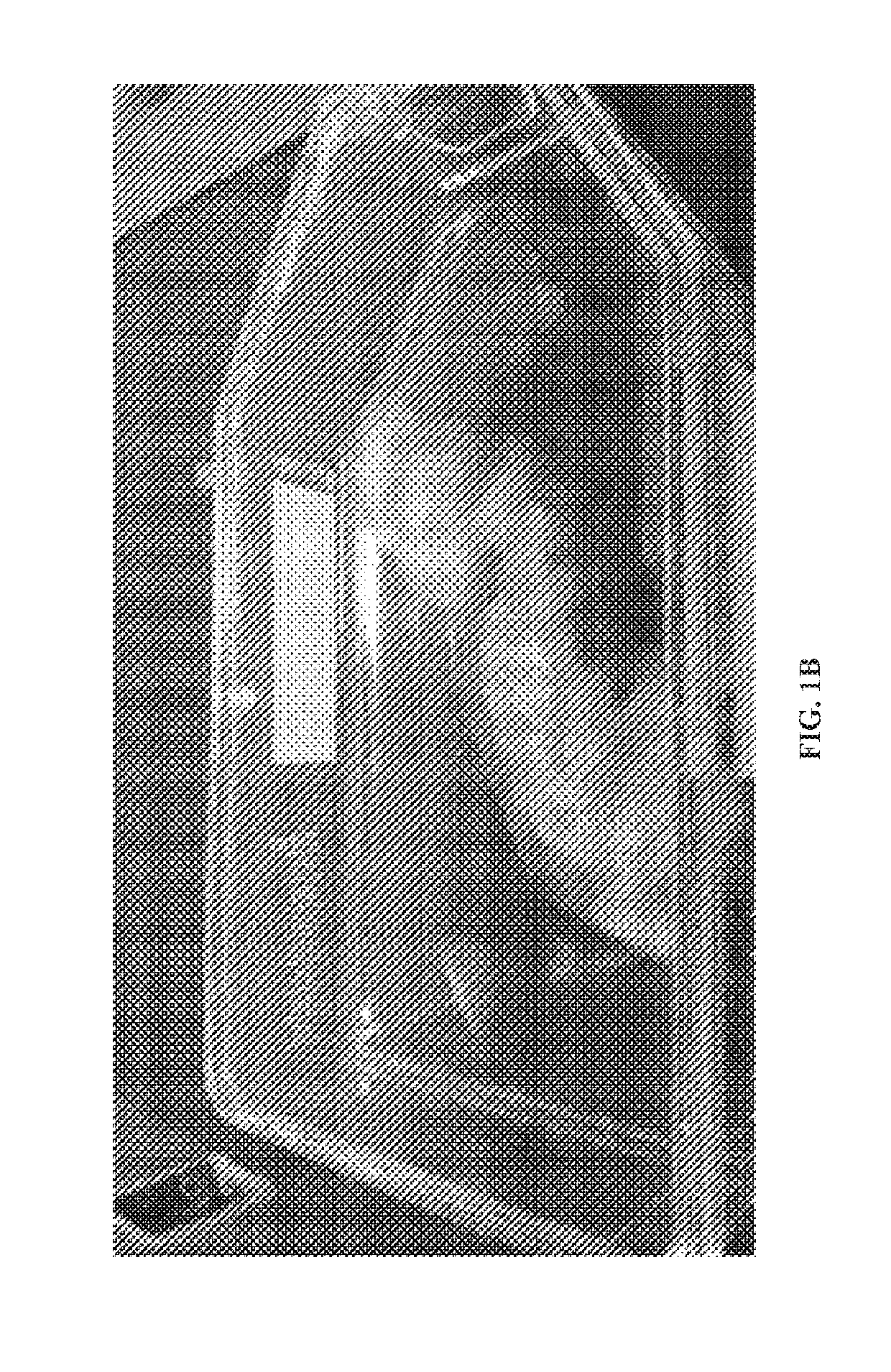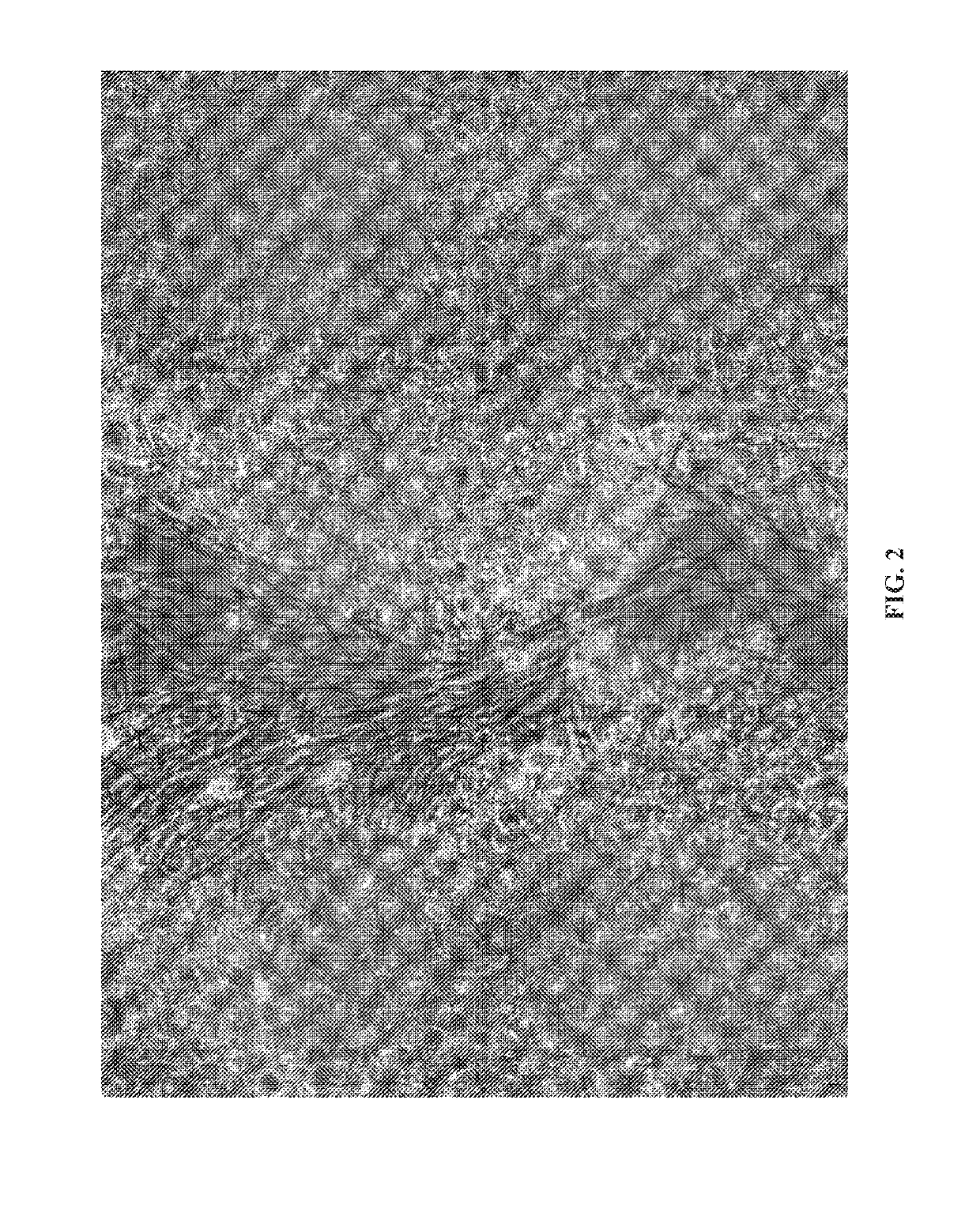Fungal species, compositions derived therefrom, and uses thereof
a technology of compositions and fungi, applied in the field of fungal compositions derived therefrom, can solve the problems of little effort to isolate, identify, characterize new fungal species, and difficulty in achieving high/low temperature optima, so as to reduce the amount or the activity of microorganisms, the effect of reducing the amount or the activity of the microorganisms
- Summary
- Abstract
- Description
- Claims
- Application Information
AI Technical Summary
Benefits of technology
Problems solved by technology
Method used
Image
Examples
example 1
[0168]A novel, extremophilic fungal species was cultured, isolated, characterized and sequenced herein (FIG. 2). The whole genome of the novel, extremophilic fungal species has been sequenced and assembled. This novel fungal species secretes a cocktail of thermo-tolerant exo-enzymes. In addition, this fungal species digests cellular and genetic material in its surroundings under extreme temperatures. The organism has a variety of growth characteristics that can be exploited to provide a unique combination of heat-resistant lipases, proteases, RNases, and DNases and antimicrobials that destroy biological material within minutes upon contact (FIG. 1).
[0169]Non-naturally occurring countermeasures, such as addition of synthetic sources, have been used on the novel fungal species to generate novel cocktail of recombinant proteases and recombinant DNases.
example 2
[0170]Recent results show that the purified, concentrated, and stabilized secretory enzyme compositions / cocktails efficiently destroy human cells and bacteria. The cocktails work on a variety of surfaces at different temperatures. The cocktail of enzymes and essential salts should destroy most cell types and viruses, leaving behind an edible, non-toxic mixture of amino-acids and nucleotides (FIG. 3).
example 3
[0171]Bacteria / Fungal Strains and Culture Conditions
[0172]The bacterial culture used in this study was Bacillus anthracis Sterne (-px02). Stock cultures of the organism were stored at −80° C. in brain heart infusion broth (BHI, RPI Cat#50-488-526) containing 25% (v / v) glycerol. Monthly, frozen stock cultures were transferred to working cultures by plating on BHI agar slants / plates and incubating at 37° C. for 24 hrs. Prior to each experiment, cultures were incubated overnight in BHI broth at 37° C. on a rotary shaker set at 150 RPM. All cultures were diluted with BHI broth to desired cell numbers.
[0173]The fungal culture used in this study was TM-417. Stock cultures of the organism were stored at −80° C. in yeast protein glucose broth (YpG; 0.4% yeast extract, 0.1% K2HPO4, 0.05% MgSO4, 1.5% glucose, pH 7.3) containing 25% (v / v) glycerol. Monthly, frozen stock cultures were transferred to working cultures by plating on YPG agar plates and incubating at 55° C. for 4 days.
[0174]Prepara...
PUM
| Property | Measurement | Unit |
|---|---|---|
| temperatures | aaaaa | aaaaa |
| temperatures | aaaaa | aaaaa |
| temperatures | aaaaa | aaaaa |
Abstract
Description
Claims
Application Information
 Login to View More
Login to View More - R&D
- Intellectual Property
- Life Sciences
- Materials
- Tech Scout
- Unparalleled Data Quality
- Higher Quality Content
- 60% Fewer Hallucinations
Browse by: Latest US Patents, China's latest patents, Technical Efficacy Thesaurus, Application Domain, Technology Topic, Popular Technical Reports.
© 2025 PatSnap. All rights reserved.Legal|Privacy policy|Modern Slavery Act Transparency Statement|Sitemap|About US| Contact US: help@patsnap.com



